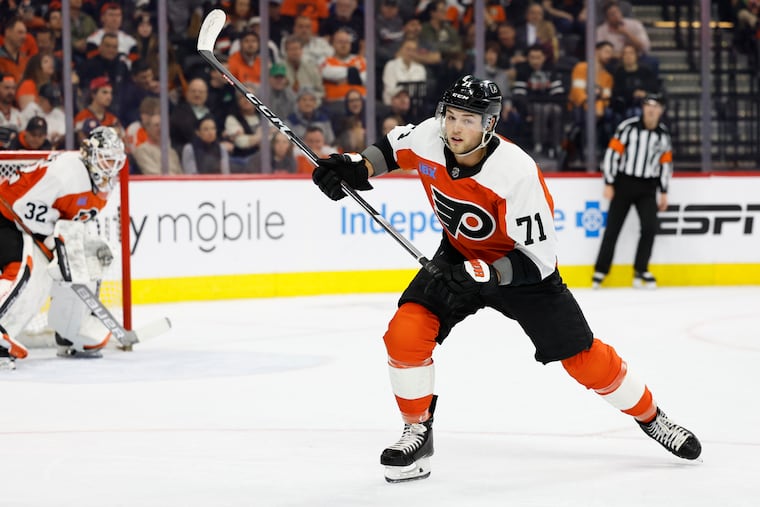Never too early to sort out the Flyers’ lines: Here’s how they could stack up at season’s start
The first line? How about Tyson Foerster, Morgan Frost, and the newcomer, Matvei Michkov?

The first line? How about Tyson Foerster, Morgan Frost, and the newcomer, Matvei Michkov?
